Tag: pulmonary edema
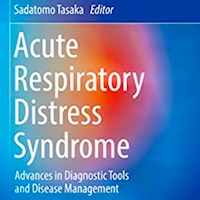
Acute Respiratory Distress Syndrome: Advances in Diagnostic Tools and Disease Management
Divided into thirteen chapters, this book provides a wealth of research-oriented findings and practical guidance, ranging from the definition, epidemiology and pathophysiology, to the diagnosis and management of the disease.... read more
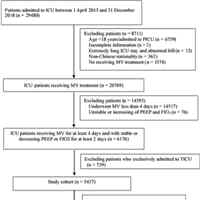
Fluid Balance and Ventilator-Associated Events Among Patients Admitted to ICUs in China
There was nonlinear relationship between fluid balance and all three tiers of ventilator-associated event, with an fluid balance between –1 and 0 L corresponding to the lowest risk. Positive but not negative fluid balance... read more
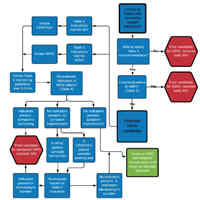
Noninvasive Respiratory Support for COVID-19 Patients: When, for Whom, and How?
The significant mortality rate and prolonged ventilator days associated with invasive mechanical ventilation (IMV) in patients with severe COVID-19 have incited a debate surrounding the use of noninvasive respiratory support... read more

Facemask vs. Helmet – Noninvasive Ventilation
We use Noninvasive ventilation (NIV) to treat various disease processes, such as acute hypercapnic and hypoxemic respiratory failure, post-extubation failure, and neuromuscular diseases. Data supports NIV use in some conditions,... read more

Brain–lung Interactions and Mechanical Ventilation in Patients with Isolated Brain Injury
During the last decade, experimental and clinical studies have demonstrated that isolated acute brain injury (ABI) may cause severe dysfunction of peripheral extracranial organs and systems. Of all potential target organs... read more

New Therapy Could Protect Lung Function in COVID-19 Patients
There is an urgent need for new drugs for ARDS patients, including those with COVID-19. ARDS in influenza-infected mice is associated with reduced levels of liponucleotides (essential precursors for de novo phospholipid synthesis)... read more
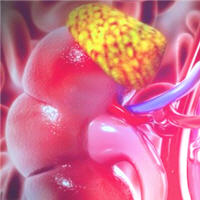
Comparison of Two Delayed Strategies for RRT initiation for severe AKI
Delaying renal replacement therapy (RRT) for some time in critically ill patients with severe acute kidney injury (AKI) and no severe complication is safe and allows optimisation of the use of medical devices. Major uncertainty... read more

Consequences of Cardiopulmonary Bypass: What the Intensivist Needs to Know
Cardiopulmonary bypass (CPB) is common for most cardiac surgeries. CPB drains blood from the heart and returns it to the proximal systemic circulation allowing perfusion during the operative period. It was pioneered in 1951... read more
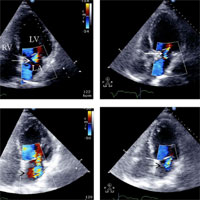
LV Overloading Identified by Critical Care Echocardiography is Key in Weaning‑induced Pulmonary Edema
Spontaneous breathing trial (SBT) failure due to WIPO appears related to overloaded LV, including the worsening or development of mitral regurgitation, associated with excessive accumulated fluid balance. SBT-induced central... read more
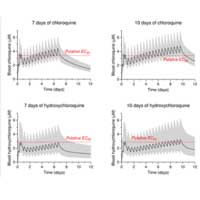
COVID-19: A Critical Analysis of Chloroquine and Hydroxychloroquine Clinical Pharmacology
Chloroquine and hydroxychloroquine have been used for over 60 years in the treatment of malaria, amoebic liver abscess, and several rheumatological conditions, but their clinical pharmacology is not well understood. COVID-19... read more
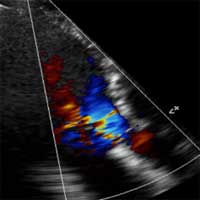
Bedside ECHO To Diagnose Native Valve Infective Endocarditis
Infective endocarditis (IE) is an important pathology to detect in the Emergency Department (ED), but the diagnosis is too often delayed or missed. IE ticks many boxes as a diagnosis we can "own" in Emergency Medicine (EM): 1.... read more
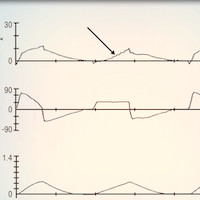
The Association Between Ventilator Dyssynchrony, Delivered Tidal Volume, and Sedation Using a Novel Automated Ventilator Dyssynchrony Detection Algorithm
We developed a computerized algorithm that accurately detects three types of ventilator dyssynchrony. Double-triggered and flow-limited breaths are associated with the frequent delivery of tidal volumes of greater than... read more
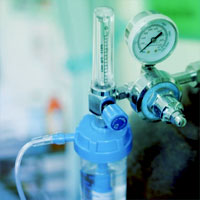
Added Benefit of Noninvasive Ventilation to High-Flow Nasal Oxygen to Prevent Reintubation in Higher-Risk Patients
Liberating patients from ongoing invasive mechanical ventilation is typically a 3-step process. First, clinicians must recognize that patients may no longer require mechanical ventilation, when the reasons for intubation... read more
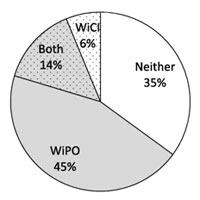
Myocardial Ischemia During Ventilator Weaning
This observational study showed the pulmonary edema (WiPO) occurred in a significant number of critically ill patients who failed a first spontaneous breathing trial (SBT), while cardiac ischemia (WiCI) was less frequent.... read more




